|
Today's post is a bit of a round-up of several embroidery related things going on in my life at the moment. It all started with a last minute request for an embroidered wedding ring cushion. The bride had seen ring cushions made as hoop art on the internet. However, they were machine embroidered. A big no-no when you have me living on site :). I immediately loved the idea of using an embroidery hoop for a ring cushion and within hours this little gem was born. I decided to embroider a Schwalm heart with cotton a broder #25 onto natural coloured Zweigart linen. The ribbons are 4mm silk ribbons by House of Embroidery and they will be cut to the desired length once the rings are tied on. To make the Schwalm pattern stand out more, I backed it with a green cotton fabric. Subsequently I filled the hoop with two pieces of wadding, laced the back and sew on a green backing. That's my gift sorted for Moni and Toni. And yes, long-time followers of my blog do know Toni. Or at least his wardrobe, as I embroidered part of his Bavarian braces and several of his shirts. Next up is a nice little exhibition in Oberammergau, I am part off. With the Ammergauer Kunsthandwerk people we were allowed to use an empty shop window for a two-month exhibition. We all bought a glass and steel cube with led lighting and a lock. These allow us to quickly put together small scale exhibitions to promote our art. My cube features two designs by Jenny Adin-Christie. I decided to display them as they are small enough to fit the cube, not needed as one of my teaching pieces and have a real 'wow-is-that-embroidery?!' feel. So, next time you are in 'town', do visit our neat little exhibition at Dorfstraße 22.
5 Comments
On Friday I had my second, and unfortunately last, lesson in Silesian whitework with Elisabeth Bräuer at ArtTextil, Dachau. As I had prepared all the surface stitching on my sampler, I could now fill the holes with needle lace using cotton crochet thread #80. I am used to work my needle lace quite dense. However, Hirschberg needle lace is worked very open. My first attempts were clearly too dense, then invitably some became too open until I finally arrived at something in the middle. As our stitching afternoon with Mrs Bräuer wasn't long enough to try out all the different types of needle lace, I struggled quite a bit with the drawings and discriptions she had given us (see previous post for a link to a PDF on Mrs. Bräuer's website). Some parts came out four times and even the fifth final version isn't quite right. So, I really hope Mrs. Bräuer will hold another course in the future! This is what my finished sampler on Bielefelder Kettgarnleinen looks like: Let's explore the history of the Hirschberg needle lace a bit. This particular type of needlelace started to emerge around 1856 in the Hirschberg valley. Due to the continental system under Napoleon (1805-1813), the linen weavers in this area prospered as the British competition fell away. However, when trade functioned normal again, British linen had become much cheaper due to the fact that the process had been mechanised as a result of the Industrial Revolution. To provide the linen weavers with a different source of income, lace schools were opened where girls would be taught Venetian needle lace. One of these schools was established by Fürstin Daisy von Pleß. She was born in 1873 at Ruthin Castle in Wales. She married Fürst Hans Heinrich the 15th of Pleß, wealthiest heir in the German Empire, in 1891. Although at first she didn't really like the primitive life in Germany, she became very popular with the local people. She instigated many projects to help women, children and the disabled. She was at the center of high society before the Great War and her extravagant lifestyle and family scandals were all over the tabloids. She was well aquinted with Kaiser Wilhelm II, King Edward VII and the Queen of Rumania.
Sadly, it all didn't last. Due to the war, she had to leave her new home in Silesia. And although she was met with a lot of dispise due to the fact of her British nationality, she worked as a nurse and took care of wounded soldiers. After the war, she divorced her husband. As a result of chronic medical conditions and social isolation, she died lonely and poor in 1943 in Waldenburg (now Poland). Last Friday, I attended a course on Silesian whitework by Elisabeth Bräuer at ArtTextil in Dachau. This particular form of whitework was practiced by the German population of Silesia, which after the second World War became part of Poland. Those Germans that had not fled for the Russian army, were expelled by the new rulers and fled into Germany. They brought with them their cultural heritage and folk costumes. The linen apron worn on feast days and for other special occasions was richly decorated with whitework and needlelace. On Friday, we started by practicing the surface stitches with cotton a broder (#16 - #30) on a scrap of linen. This particular form of whitework only uses buttonhole stitch, satin stitch, french knots, chain stitch and eyelets. As with for instance Richelieu, parts are cut out and the rim is strengthened with buttonhole stitch. The order of work is a little different though. You start by outlining the design line with a double row of closely worked running stitch. Then you make cuts in the middle and you turn the unwanted fabric flaps under. The edge is then fastened with not too closely worked buttonhole stitch. Any unwanted fabric bits still protruding on the back, are then cut off. The so formed holes are then filled with needlelace using crochet yarn #80. There are about 19 different forms of this needlelace. However, only five different patterns were ever used on one apron. I presume that using more would result in an unbalanced and unpleasing design. The needle lace consists of differently worked buttonhole stitches and is anchored in the previously worked buttonhole rim. The aim is to create a very open lace. This results in a striking contrast between the surface stitches done in a thick type of thread and the lace being worked very open in a thin type of thread. I must confess that I find this contrast not very esthetically pleasing. One of the things I had to come to terms with was the very different technical aspects of working the surface stitches. I am a stabber and I don't sew my embroidery stitches. And I am simply too old to change :). It always takes me a while to translate the demonstrated 'sewing' into 'stabbing'. Furthermore, I am used to outline with split stitch before I cover with satin stitch. Silesian women used running stitch. Since I wanted to learn this particular type of embroidery, I went with it. But it wasn't a success. My leaves aren't as crisp as they normally would be. Another technical improvement I would make, concerns the cutting of the fabric. I would outline with one row of closely worked running stitch, then cut and then secure the unruly flaps of fabric with my second row of running stitch. This prevents the fabric pieces from being caught up in the subsequent buttonhole stitching. This is how far I have come preparing for coming Friday which sees the second part of our course when we will learn to do the different Hirschberg lace patterns. I will tell you all about it in next week's blog post. Would you like to try your hand at this particular form of whitework? No problem. Elisabeth Bräuer has kindly published the instructions on her website. Do browse through the different articles, although they are all in German, they do have lovely pictures of embroidered Silesian folk costumes.
You may probably have heard that we had rather wet weather conditions here in Bavaria. Luckily, apart from some damage to the plants in our vegetable plot, nothing major happened. In fact, perfect weather to work on some commissions. First up, two traditional boy's shirts needed monogramming. They are made of a sturdy linen fabric and are a joy to stitch on. All be it a little hard on the hands as you partly go through four layers of fabric. I use DMC perle #8 for the monogramming. This ensures that the shirts can be washed at high temperatures. Not unimportant as they are going to be worn by teenage boys :). For the fatter parts of the lettering, I used Hungarian braided chain stitch petering out into stem stitch for the thinner parts. Next up is the breast piece (Steg) of a pair of traditional Bavarian braces. The pattern comes from Wolle42. It took me 16 hours to stitch this particular piece. It is stitched with a whole strand of Anchor stranded cotton onto 18 TPI canvas using tent stitch.
Although it was nice to be stitching indoors guilt-free, I am looking forward to real spring/summer! I want to be able to dine on my balcony and make long hikes through the alpine foothills. After all, our native orchids are in bloom at the moment! (they seem to be pretty waterproof...) |
Want to keep up with my embroidery adventures? Sign up for my weekly Newsletter to get notified of new blogs, courses and workshops!
Liked my blog? Please consider making a donation or becoming a Patron so that I can keep up the good work and my blog ad-free!
Categories
All
Archives
July 2024
|
Contact: info(at)jessicagrimm.com
Copyright Dr Jessica M. Grimm - Mandlweg 3, 82488 Ettal, Deutschland - +49(0)8822 2782219 (Monday, Tuesday, Friday & Saturday 9.00-17.00 CET)
Impressum - Legal Notice - Datenschutzerklärung - Privacy Policy - Webshop ABG - Widerrufsrecht - Disclaimer
Copyright Dr Jessica M. Grimm - Mandlweg 3, 82488 Ettal, Deutschland - +49(0)8822 2782219 (Monday, Tuesday, Friday & Saturday 9.00-17.00 CET)
Impressum - Legal Notice - Datenschutzerklärung - Privacy Policy - Webshop ABG - Widerrufsrecht - Disclaimer

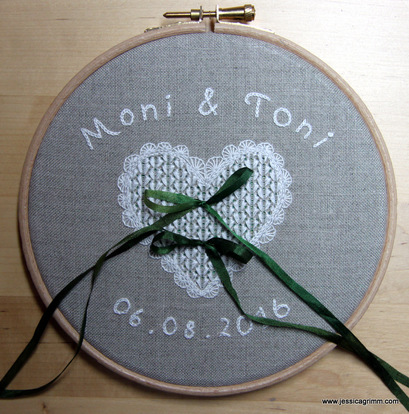
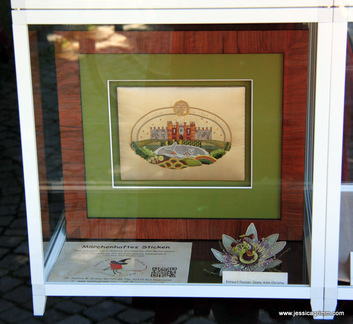
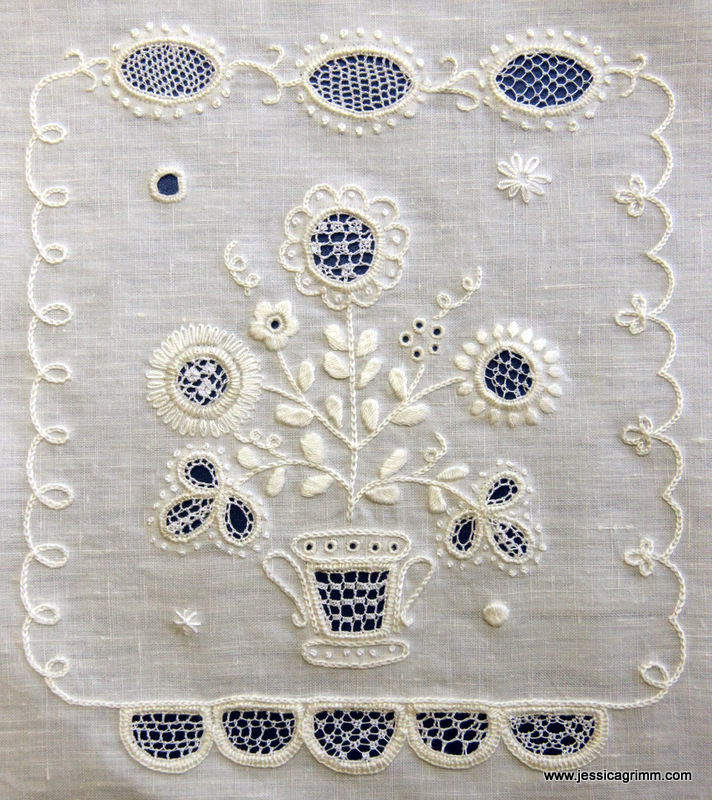
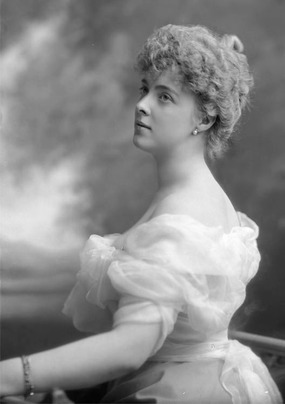
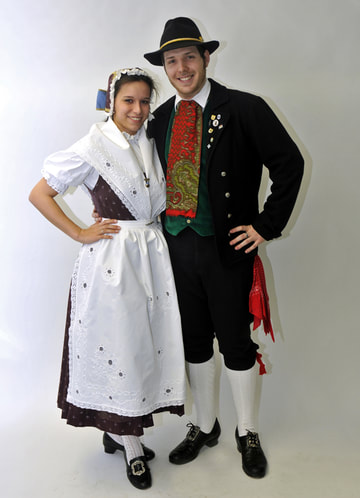
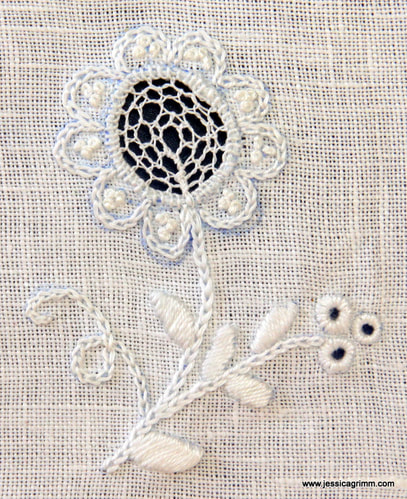
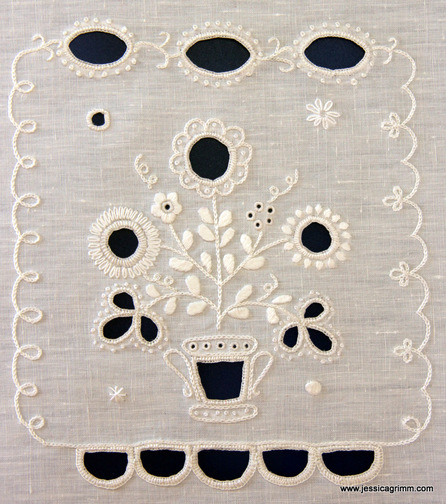
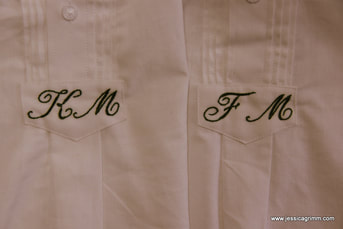
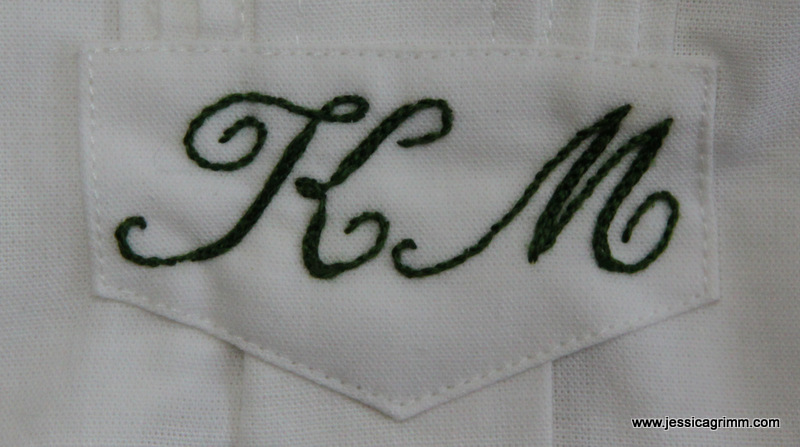
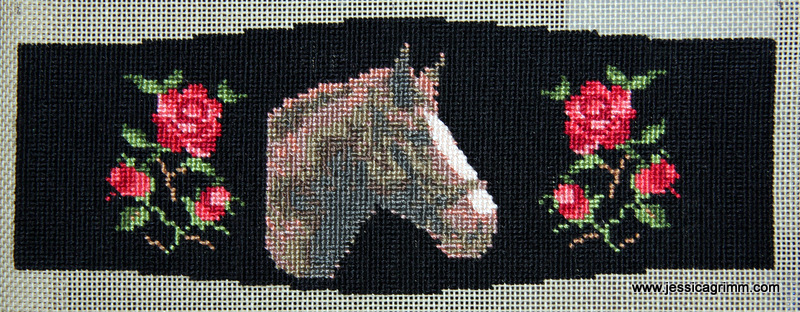





 RSS Feed
RSS Feed